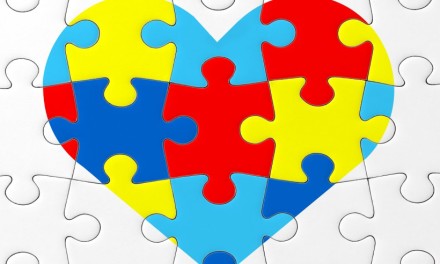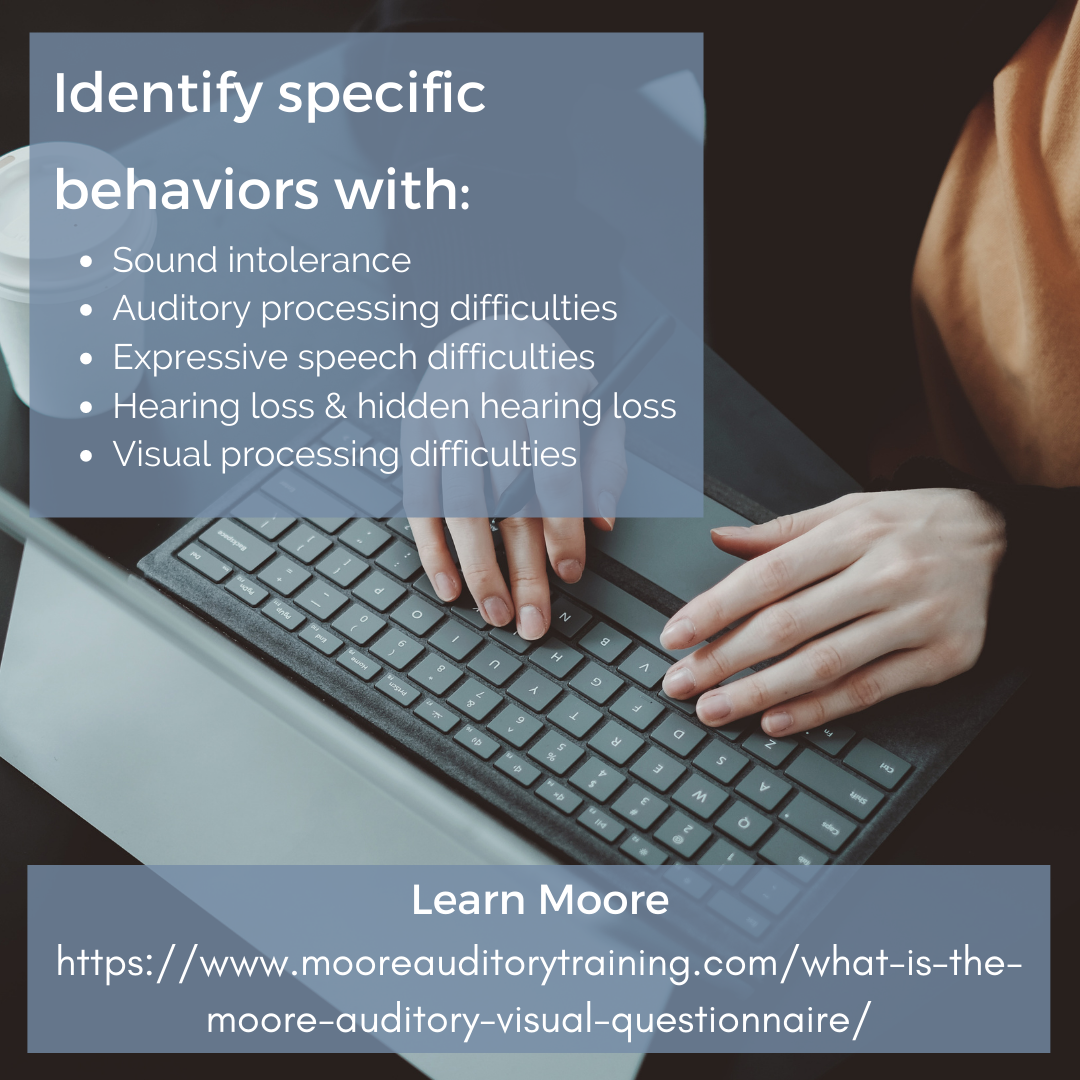Children of all ages can face online bullying and cybercrime, or worse, be approached by an online predator. But if you have an autistic child, you need to be extra vigilant as studies show that people with an autism spectrum disorder (ASD) may be more likely to fall victim to online threats.
Not only are children with ASD at more risk, but they are more likely to form addictive internet habits. There’s also a chance they may be affected by age-inappropriate content more than their neurotypical peers.
With those considerations in mind, below we go over some easy and actionable ways to help keep your autistic child safe online.
Adjust your child’s social media privacy setting so their posts are only visible to people your kid knows and trusts. This goes some way towards mitigating the risk of cyberbullying. Some children may push back and want to keep their accounts public. A discussion about cyberbullying and its harmful effects can help in this case. Parents should also watch their children for the tell-tale signs of bullying; withdrawing, acting differently, seeming depressed.
Talk to your child about the importance of online privacy in an age-appropriate way. Remind them to never give out personal details to strangers and try to instill a strong sense of “online stranger danger.” Make sure your child knows that sharing something as innocuous as their home town can be destructive. Anonymizing your child’s activity online is another strategy parents can adopt. Download a VPN for protection and to hide your child’s true physical location.
Use parental controls to block certain types of content and prevent your child from accessing stuff they really shouldn’t be watching. Of course, tech-savvy older children may find ways to skirt parental blocks, so this isn’t a foolproof solution, but it can help. Ensure the platforms your child uses are suitable and do some research. Younger children may spend time on YouTube kids, for example, but the platform is notorious for off-brand and often disturbing content. Parents can use an app such as Safe Vision, which uses humans to vet content (not algorithms) before children can see it on YouTube Kids.
Helping any child be safe on the internet requires effort, and for ASD children, it can be even harder. But taking some easy security and privacy steps and having some serious conversations with your child can help mitigate the risks.
*this is a collaborative post










